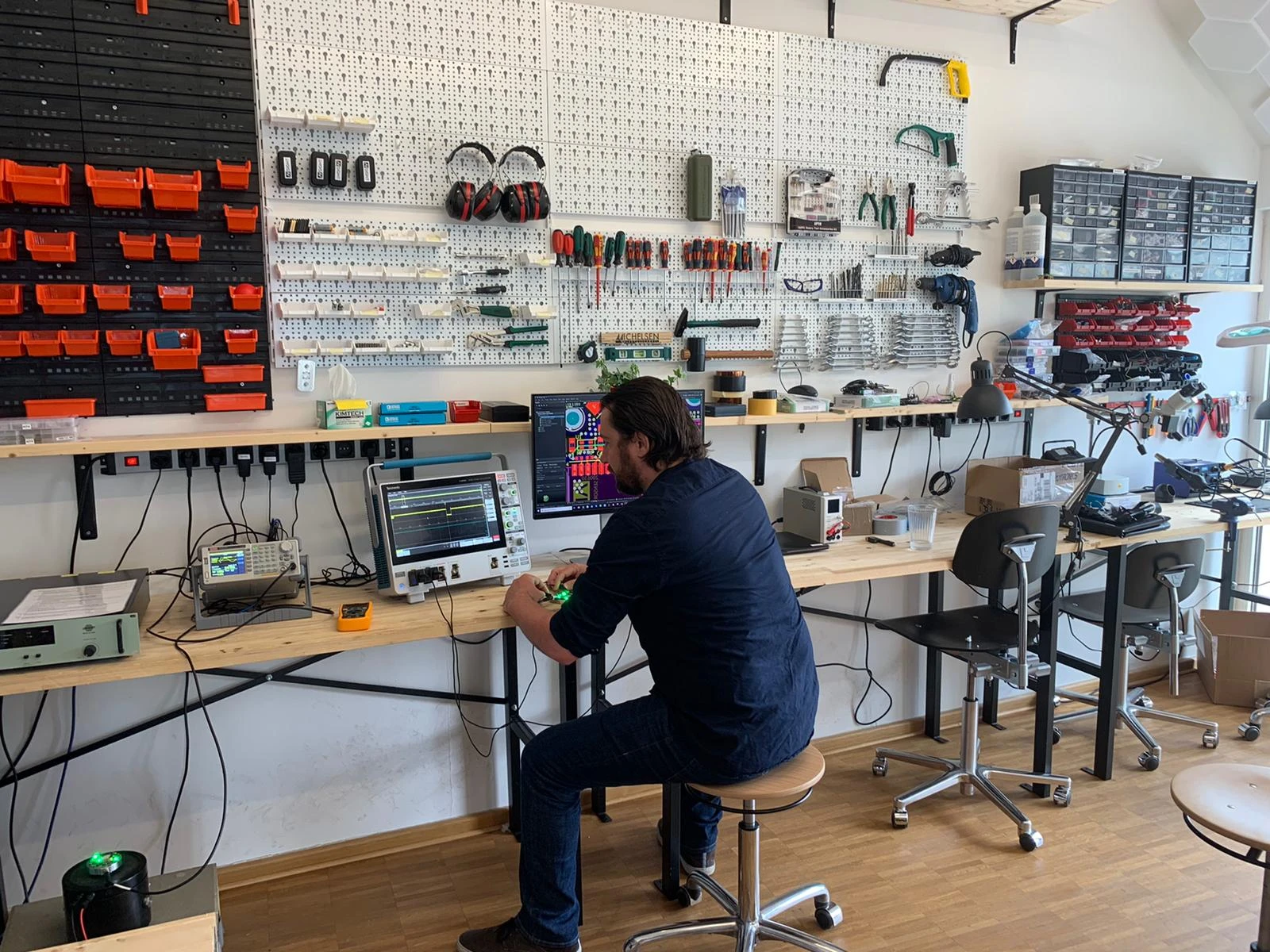Why Your Machine Diagnostics Solution Needs to Be Both Hardware and Software


In electronics, noise can be any unwanted form of energy that disturbs a process or communication. In Vibration-Based Smart Maintenance, noise can impact the quality of the analysis. That's why a good electronic system is designed when also the power of this unwanted element is taken into account.
We're working on even more improvements to AiSight's Machine Insight Center—all based on feedback from our users. Read on to learn about the future of our next-generation predictive maintenance software, and how you can shape it.
We're constantly evolving the new AiSight Machine Insight Center based on user feedback. Managing that feedback is critical to delivering the best predictive maintenance software. Read more to learn how our secure feedback-management system anonymously sorts and prioritizes user requests.
